- Brannon JK. Nontraumatic osteonecrosis of the femoral head: endoscopic visualization of its avascular burden. Orthopedics. 2012 Sep;35(9):e1314-22. DOI: 10.3928/01477447-20120822-15. PMID: 22955395.
- Freund E. BILATERAL ASEPTIC NECROSIS OF THE FEMORAL HEAD: PROBLEMS ARISING IN A COMPENSATION CASE. Ann Surg. 1936;104(1):100-106. DOI:10.1097 / 00000658-193607000-00010.
- Hashimoto K, Akagi M. The role of oxidation of low-density lipids in pathogenesis of osteoarthritis: A narrative review. J Int Med Res. 2020;48(6):300060520931609. DOI:10.1177/0300060520931609.
- Li F, Zhao Z, Cai Z, Dong N, Liu Y. Oxidized low-density lipoprotein promotes osteoblastic differentiation of valvular interstitial cells through RAGE/MAPK. Cardiology. 2015;130(1):55-61. DOI:10.1159/000369126. Epub 2014 Dec 18. PMID: 25531888.
- Dawodu D, Patecki M, Hegermann J, Dumler I, Haller H, Kiyan Y. oxLDL inhibits differentiation and functional activity of osteoclasts via scavenger receptor-A mediated autophagy and cathepsin K secretion. Sci Rep. 2018 Aug 2;8(1):11604. DOI: 10.1038/s41598-018-29963-w. PMID: 30072716; PMCID: PMC6072764.
- Moseley JB, et al. A Controlled Trial of Arthroscopic Surgery for Osteoarthritis of the Knee. N Engl J Med 2002; 34:81-88. DOI: 10.1056/NEJMoa013259.
This paper concludes that arthroscopy for osteoarthritis is ineffective. However, these authors describe inadequate debridement of the knee, in our view. Further, no description of meniscus function nor the release of the excess fat from the bone is described after debridement. The meniscus appears to have been removed in some cases. The paper describes the procedure as below:
“After diagnostic arthroscopy in patients in the débridement group, the joint was lavaged with at least 10 liters of fluid, rough articular cartilage was shaved (chondroplasty was performed), loose debris was removed, all torn or degenerated meniscal fragments were trimmed, and the remaining meniscus was smoothed to a firm and stable rim. No abrasion arthroplasty or microfracture was performed. Typically, bone spurs were not removed, but any spurs from the tibial spine area that blocked full extension were shaved smooth.”
- Kirkley A, et al. A Randomized Trial of Arthroscopic Surgery for Osteoarthritis of the Knee. N Engl J Med 2008; 359:109-110. DOI: 10.1056/NEJMoa0708333.
This paper is a follow-up to the Moseley, et al. paper after the orthopedic community considered its statistical methods inadequate. Nonetheless, Kirkley, et al. concluded that arthroscopy for osteoarthritis was ineffective after performing, what appears to be, inadequate debridement by using antiquated equipment, as in the Moseley paper. The paper describes the procedure as below:
“Arthroscopic treatment was performed within 6 weeks after randomization with the patient under general anesthesia and with the use of a tourniquet and a thigh holder. The orthopedic surgeon evaluated the medial, lateral, and patellofemoral joint compartments, graded articular lesions according to the Outerbridge classification, irrigated the compartment with at least 1 liter of saline, and performed one or more of the following treatments: synovectomy; débridement; or excision of degenerative tears of the menisci, fragments of articular cartilage, or chondral flaps and osteophytes that prevented full extension. Abrasion or microfracture of chondral defects was not performed.”
- Zeya B, Arjuman A, Chandra NC. Lectin-like Oxidized Low-Density Lipoprotein (LDL) Receptor (LOX-1): A Chameleon Receptor for Oxidized LDL. Biochemistry. 2016 Aug 16;55(32):4437-44. DOI: 10.1021/acs.biochem.6b00469. Epub 2016 Aug 4. PMID: 27419271.
- Radin EL, Parker HG, Pugh JW, Steinberg RS, Paul IL, Rose RM. Response of joints to impact loading. 3. Relationship between trabecular microfractures and cartilage degeneration. J Biomech. 1973 Jan;6(1):51-7. DOI: 10.1016/0021-9290(73)90037-7. PMID: 4693868.
- Martin JA, Buckwalter JA. Roles of articular cartilage aging and chondrocyte senescence in the pathogenesis of osteoarthritis. Iowa Orthop J. 2001;21:1-7. PMID: 11813939; PMCID: PMC1888191.
- Mazière C, Louvet L, Gomila C, Kamel S, Massy Z, Mazière JC. Oxidized low-density lipoprotein decreases Rankl-induced differentiation of osteoclasts by inhibition of Rankl signaling. J Cell Physiol. 2009 Dec;221(3):572-8. DOI: 10.1002/jcp.21886. PMID: 19725047.
- Bekkering S, Quintin J, Joosten L, van der Meer J, Netea M, and Riksen NP. Arteriosclerosis, Thrombosis, and Vascular Biology, Volume 34, Issue 8, August 2014; Pages 1731-1738 https://doi.org/10.1161/ATVBAHA.114.303887
- Drees, P., Eckardt, A., Gay, R. et al. Mechanisms of Disease: molecular insights into aseptic loosening of orthopedic implants. Nat Rev Rheumatol 3, 165–171 (2007). https://doi.org/10.1038/ncprheum0428.
- de Munter W., Geven E.J.W., Blom A.B., Walgreen B., Helsen M.M.A., Joosten L.A.B., Roth J., van Lent P.L.E.M. Synovial macrophages promote TGF-β signaling and protect against influx of S100A8/S100A9-producing cells after intra-articular injections of oxidized low-density lipoproteins. (2017) Osteoarthritis and Cartilage, 25 (1), pp. 118-127.
- Belmont, Philip J., MD; Goodman, Gens P., DO; Kusnezov, Nicholas A., MD; Magee, Charles, MD, MPH; Bader, Julia O., PhD; Waterman, Brian R., MD; Schoenfeld, Andrew J., MD, MSc. Postoperative Myocardial Infarction and Cardiac Arrest Following Primary Total Knee and Hip Arthroplasty: Rates, Risk Factors, and Time of Occurrence. The Journal of Bone and Joint Surgery - Scientific Articles: 17 December 2014 - Volume 96 - Issue 24 - p. 2025-2031
